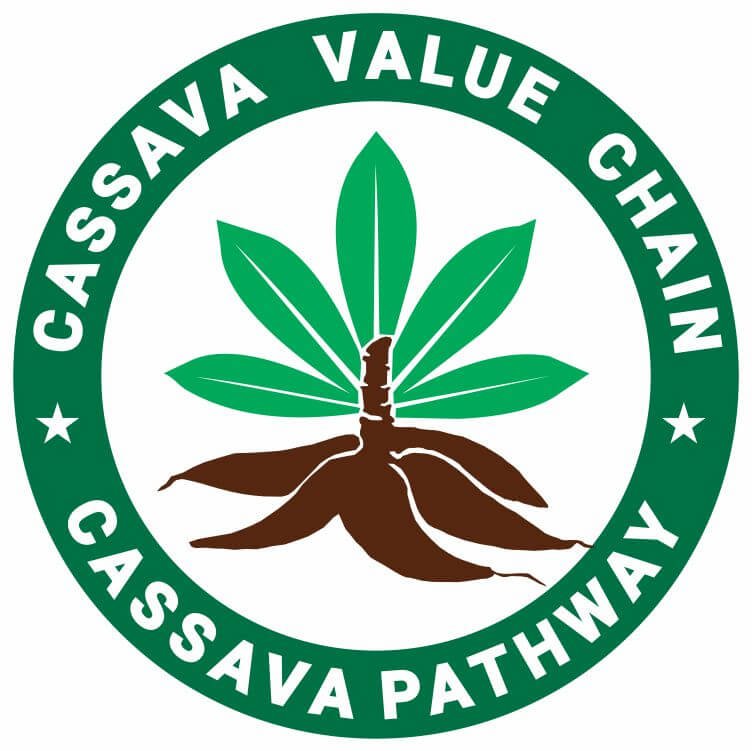Want to learn how to make cassava flour? From traditional sun-drying to industrial processing, explore four unique methods, each with its benefits, costs, and quality. Which method is right for you?
As a cassava farmer of many years, it was fascinating to know that my dear cassava can be used to make flour right in a corner of my home with minimal equipment.
Curious, I embarked on the journey of learning how to make cassava flour with my ever-available cassava tubers.
While cassava flour is commonly associated with home cooking and gluten-free baking, there are multiple ways to produce cassava flour, each with different processes and applications.
The four primary methods include:
- Traditional cassava flour, which follows age-old drying and milling techniques;
- Fermented cassava flour, which enhances flavor and digestibility;
- Industrial cassava flour, processed on a large scale for commercial use; and
- High-quality cassava flour (HQCF), a refined version designed for versatile food applications.
Understanding these methods provides insight into the diverse uses of cassava and helps individuals and businesses select the best approach for their needs.
The wet method is more efficient, produces higher-quality flour, and is better suited for entrepreneurs who engage in large-scale commercial production. Cassava flour is the biggest cassava product along the cassava value chain.
Related: Modern Equipment for Cassava Processing
Table of Contents
- How to Make Cassava Flour: Four Methods
- Comparing the Four Methods of Cassava Flour Production
- Frequently Asked Questions
- Final Words from Cassava Pathway
How to Make Cassava Flour: Four Methods
In the traditional method, the production of cassava flour takes the same root processing method seen in the production of cassava fufu and garri cassava flakes.
This is the prevalent method in my cassava community, and as it is homemade cassava flour, simple equipment like a blender can be used to grind the dry roots into fine particles.
But large-scale production of cassava flour requires big, mechanical, automated machines to produce commercial quantities.
For commercial purposes, a hammer mill grinding machine is used to grind the dry roots to fine particles and ready for sieving.
1. Traditional Method of Making Cassava Flour
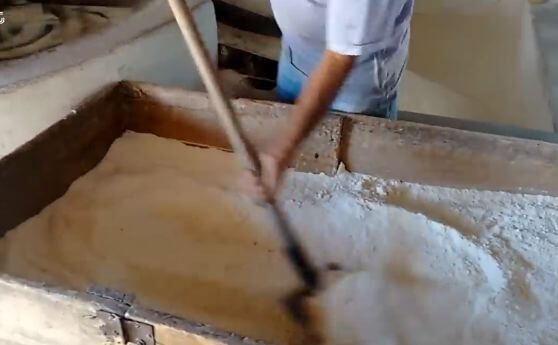
The traditional method of making cassava flour involves manually peeling, washing, cutting, and sun-drying cassava before grinding it into flour.
Sun-drying the cassava roots is a traditional method that involves spreading the root pieces out on large trays or mats and allowing them to dry in the sun for several days.
Sun-drying can take several days, depending on weather conditions, making this process time-consuming and labor-intensive.
The method is ideal for home or small-scale production since it requires minimal equipment.
However, the quality of the flour can vary due to inconsistencies in drying and processing.
Unlike industrial or HQCF methods, the traditional approach lacks mechanical drying or milling precision, leading to coarser flour.
It is cost-effective but requires careful handling to prevent spoilage.
While traditional flour retains cassava’s natural flavor, it lacks the fermentation benefits of fermented flour or the fine texture of HQCF. Learn more about the Traditional Method.
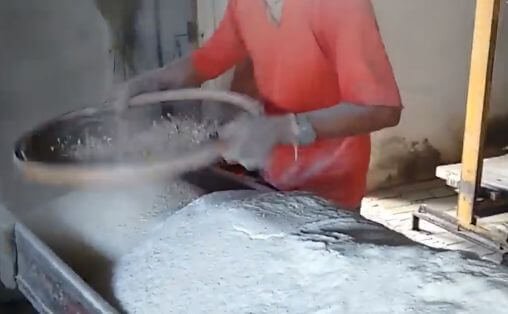
2. Fermented Cassava Flour Method
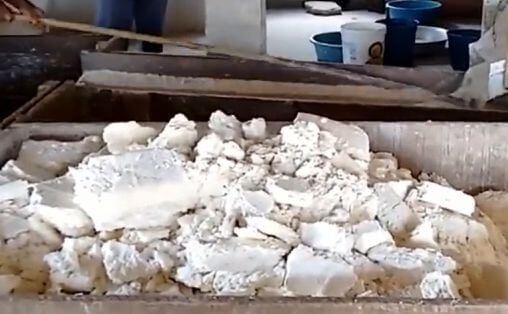
The fermented cassava flour method involves peeling, washing, and cutting cassava before submerging it in water for 2–5 days to ferment.
Fermentation enhances the flour’s nutritional value, reduces cyanogenic compounds, and gives it a slightly sour taste.
After fermentation, the cassava is drained, dried, and milled into fine flour. This method improves digestibility and extends shelf life compared to the traditional method.
Unlike HQCF or industrially processed flour, fermented cassava flour has a distinct flavor and is often used for specialty dishes.
However, fermentation prolongs processing time and requires careful monitoring to avoid spoilage.
This method is ideal for those seeking a more nutritious flour with a unique taste but involves additional steps compared to unfermented options. Learn more about the Fermented Cassava Flour Method.
Related Posts
- Where to Buy Cassava Flour in Bulk
- Modified Tapioca Starch Applications
- What are Tapioca Starch and Flour?
- Is Cassava Flour Gluten-Free?
- What is Modified Cassava Flour?
- Is Cassava Flour Keto-compliant?
- Is it Safe to Give Dogs Cassava Flour?
- Traditional Processing Methods for Cassava
- Cassava Flour Production Business Guide
3. Industrial Method of Making Cassava Flour
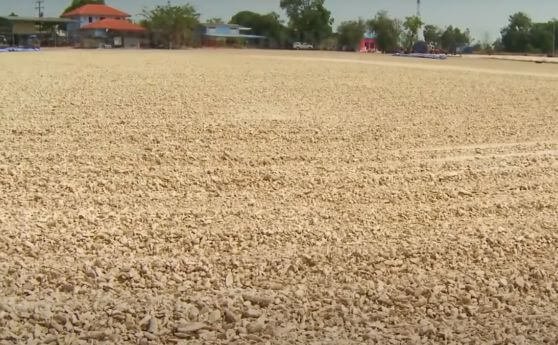
The industrial production of cassava flour uses advanced machinery for peeling, washing, cutting, drying, and milling, ensuring large-scale efficiency and consistency.
Mechanical dryers use heat and air circulation to quickly dry the cassava roots in a controlled environment.
Flash dryers replace sun-drying, reducing moisture content rapidly and preventing microbial growth.
This method is significantly faster and more hygienic than traditional processing, making it ideal for commercial production.
Unlike fermented flour, industrial cassava flour retains a neutral taste and does not undergo soaking.
Compared to HQCF, industrially processed flour can have a slightly coarser texture if not finely milled.
The key advantage is high output with minimal labor, but it requires significant investment in equipment.
This method produces standardized flour suitable for mass distribution, unlike the more artisanal traditional and fermented methods. Learn more about the Industrial Method
Related: Best Cassava Flour Brands in the US
4. High-Quality Cassava Flour (HQCF) Method
High-quality cassava Flour (HQCF) requires precise processing to ensure a fine texture and low fiber content.
The cassava is peeled, washed, grated, dewatered using hydraulic presses, dried, and milled.
Unlike traditional or industrial methods, HQCF includes a dewatering stage, ensuring a refined final product.
It differs from fermented flour as it does not undergo soaking, resulting in a neutral taste. HQCF is widely used in commercial baking and food production, offering better consistency than traditionally processed flour.
This method is ideal for businesses requiring premium cassava flour but involves more steps than standard industrial processing.
The result is a finely milled, high-purity flour with superior quality control compared to other cassava flour types. Learn more about the HQCF Method.
Related: What is Organic Cassava Flour?
Comparing the Four Methods of Cassava Flour Production
Pros and Cons of Each Method
| Method | Pros | Cons |
|---|---|---|
| Traditional | Simple, low-cost, retains cassava’s natural flavor | Time-consuming, inconsistent quality, weather-dependent drying |
| Fermented | Nutrient-rich, reduces toxins, unique taste, longer shelf life | Requires fermentation time, risk of spoilage, more labor-intensive |
| Industrial | Fast, hygienic, large-scale efficiency, standardized quality | High equipment cost, slightly coarser texture if not finely milled |
| HQCF | Fine texture, premium quality, widely used in commercial baking | Complex process, expensive equipment, requires strict quality control |
Best Method for Home Use vs Commercial Production
For home use, the traditional method is the easiest since it requires minimal equipment and is cost-effective.
If a slightly improved version is needed, the fermented method is better for its health benefits and extended shelf life, though it takes more time.
For commercial production, the industrial method is the best for large-scale, efficient, and standardized flour production.
However, for high-end food processing, HQCF is ideal as it meets strict quality standards, making it more suitable for industries like baking and gluten-free food manufacturing.
Cost and Equipment Considerations
- Traditional Method: Requires only basic tools (knife, sun-drying surface, mortar and pestle or small mill). Low cost but labor-intensive.
- Fermented Method: Adds soaking tanks or containers and extra drying time, increasing cost and labor. Still feasible for small-scale production.
- Industrial Method: Requires peeling machines, mechanical dryers, and industrial mills. High initial investment but efficient for mass production.
- HQCF Method: Involves specialized equipment like hydraulic presses and fine milling machines, making it the most expensive but ensuring premium quality.
Frequently Asked Questions
Can I make cassava flour without drying it first?
No, drying is essential to remove moisture, reduce cyanide content, and ensure the flour’s proper texture, shelf life, and usability.
How do I remove the bitter taste from cassava flour?
Fermenting, soaking, or thoroughly drying cassava before grinding significantly reduces bitterness by breaking down natural cyanogenic compounds in the tuber.
What is the difference between cassava flour and tapioca flour?
Cassava flour is made from the whole root, while tapioca flour is extracted starch, making their textures and uses different.
Can cassava flour be used as a wheat flour substitute?
Yes, cassava flour works as a gluten-free wheat substitute, but adjustments are needed due to its different texture and absorbency.
Is fermented cassava flour healthier than non-fermented?
Yes, fermented cassava flour is healthier as fermentation enhances digestibility, reduces cyanide levels, and improves the flour’s nutritional profile.
Final Words from Cassava Pathway
Choosing the right method for making cassava flour depends on your needs, resources, and scale of production.
If you’re looking for a simple, cost-effective way to make cassava flour at home, the traditional method works best despite its longer drying time.
For those wanting added health benefits and a unique flavor, the fermented method is a great choice.
However, if efficiency and large-scale production are priorities, industrial and high-quality cassava flour (HQCF) methods offer speed, consistency, and superior texture.
No matter the approach, understanding how to make cassava flour ensures you can select the best method for your needs, whether for home use or commercial production.
References:
- https://www.slideshare.net/slideshow/cassava-flour-making-process/251496514
- https://www.cassavaprocessing.com/Blog/how_to_dry_cassava_flour89.html
- https://www.ncbi.nlm.nih.gov/pmc/articles/PMC4930499/
- https://www.cassavaprocessing.com/Blog/what_are_the_processing_steps_of_cassava_flour_production_225.html
